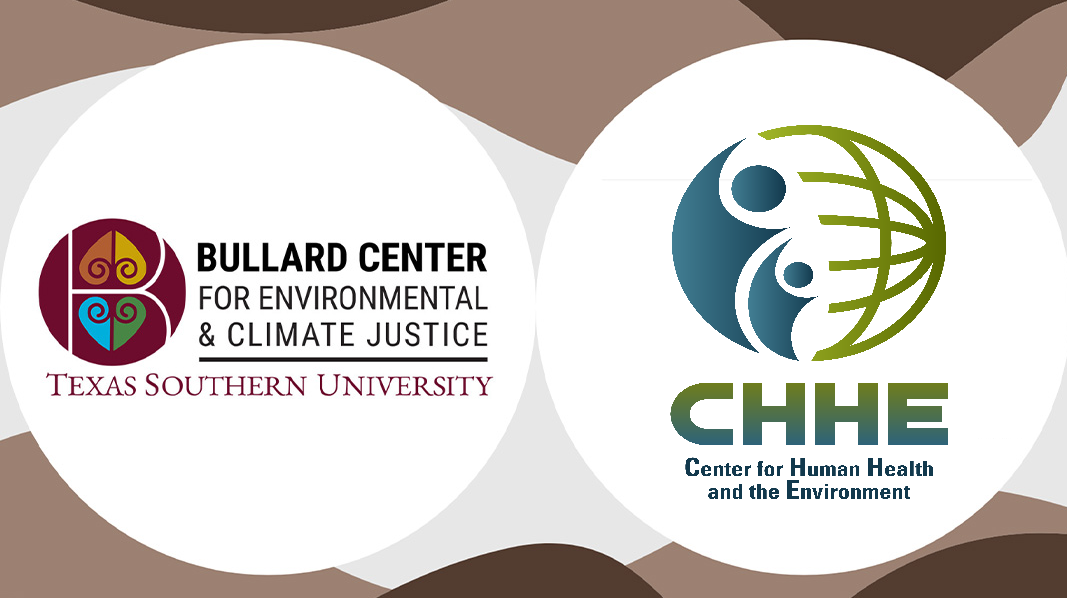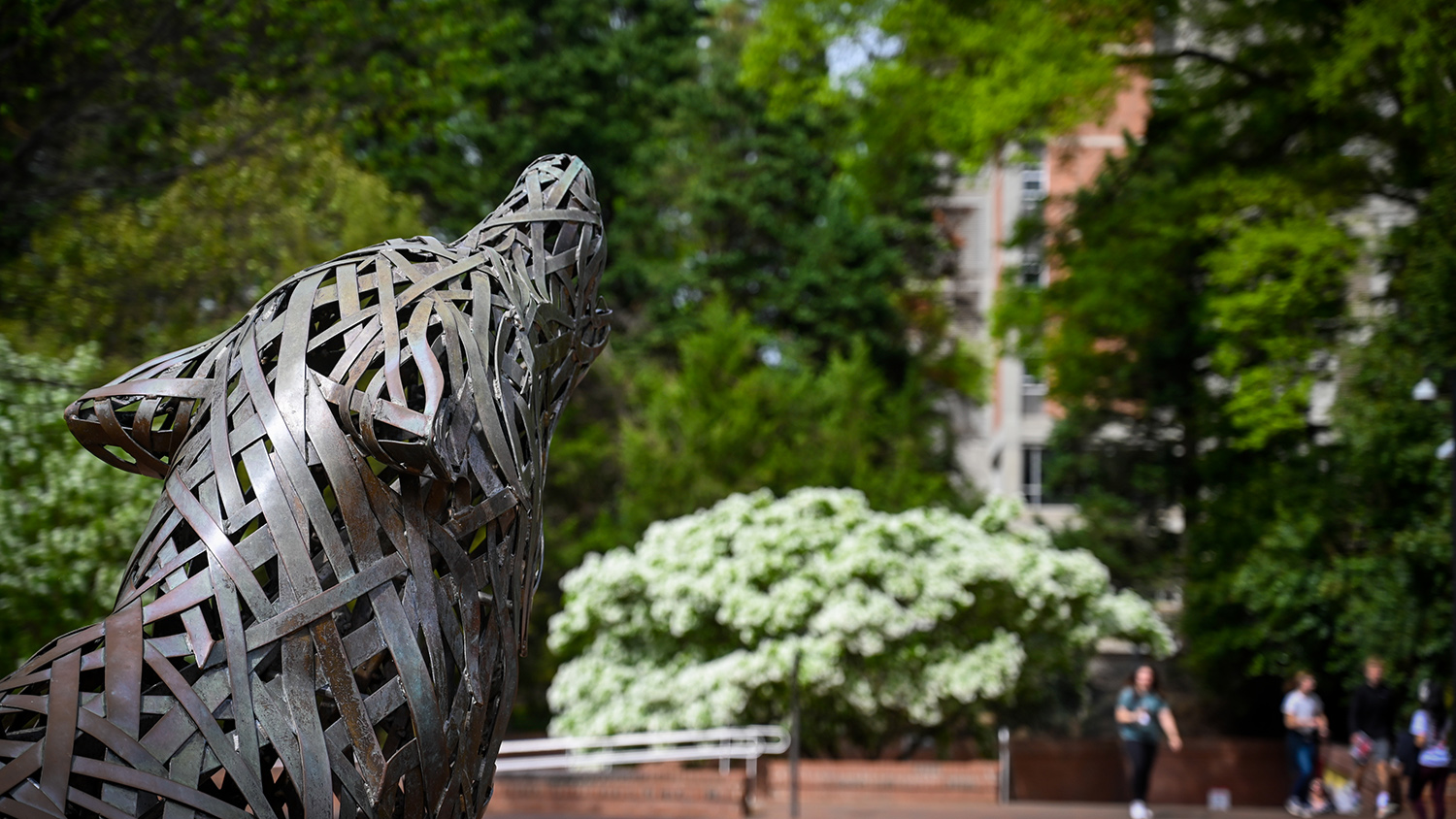“Telomeres are Partly Shielded from Ultraviolet-Induced Damage and Proficient for Nucleotide Excision Repair of Photoproducts”

North Carolina State University Researcher and CHHE Member, Hong Wang, and her colleagues at NC State and the University of Pittsburgh have found that telomeres are protected from ultraviolet (UV) light-induced DNA damage and that specific UV-induced photolesions in DNA are repaired more efficiently in the telomere than in the overall genome. This work was partially supported by a CHHE Pilot Project awarded to Hong Wong. Nonmelanoma skin cancer (NMSC) is the most common cancer in the United States. The majority of NMSCs is environmentally-induced and caused by solar UV radiation which produces DNA damage and mutations. Each year there are more cases of NMSC than all cases of breast, prostate, lung and colon cancers combined. To prevent NMSC, keratinocytes must respond to UVB-induced DNA damage by engaging the DNA damage response which involves cell cycle arrest, DNA repair and apoptosis. Telomeres are specialized structures at the ends of chromosomes that are important in aging, cancer and preventing chromosomal alterations. Therefore, understanding UV-induced DNA damage and repair in telomeres has important implications for skin cancer and skin aging. Hong and colleagues use a novel approach to study UV-induced DNA damage and repair. They provide evidence that nucleotide excision repair (NER) is active and more efficient in the repair of the UV-induced photolesion cyclobutane pyrimidine dimers in the telomeres than in the overall genome. Their results suggest that UV photoproducts disrupt telomere function and must be repaired by NER to protect genomic integrity.
Published in Nature Communications (IF 11.5) in September 2015
- Categories:


